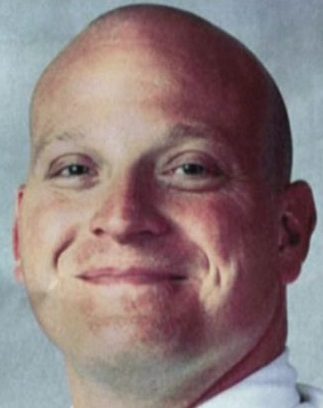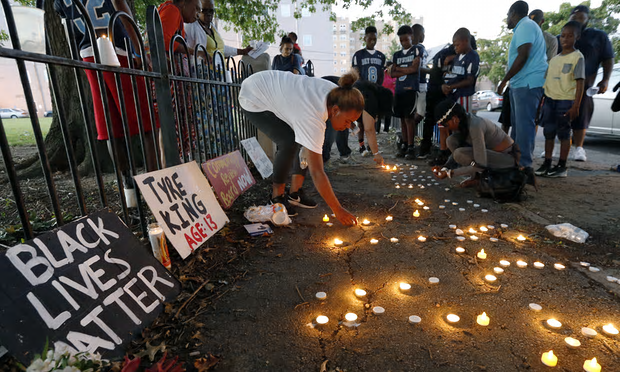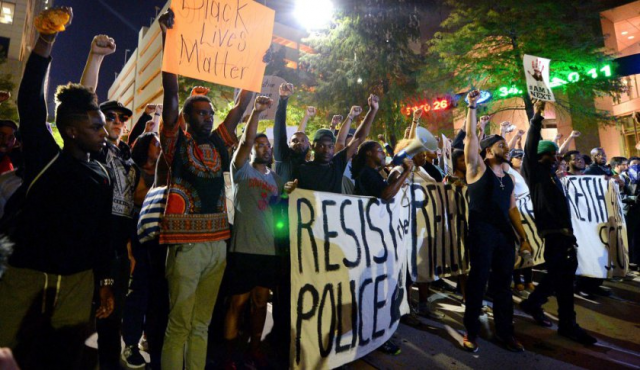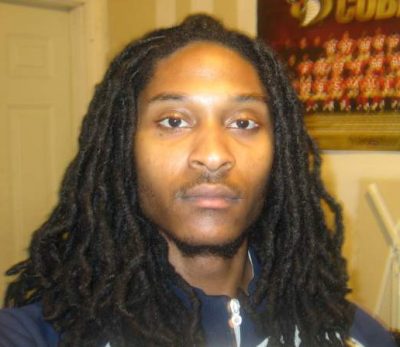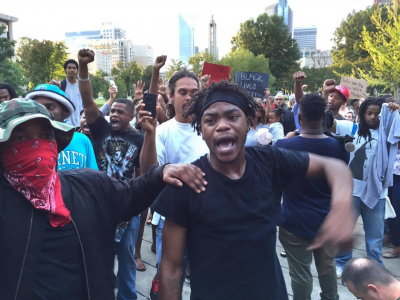

By Teresa Gutierrez
http://www.workers.org/2016/10/12/sexist-predator-or-drone-predator-vote-with-your-feet/#.WAjtC88VDIU
(Images and videos added by VOD.)

Teresa Gutierrez
Oct. 10 — This debacle of an election process is unprecedented, bizarre and absurd. And it is also dangerous.
Analysis of the latest election scandals and the latest debate uproar can tell us more about how to go forward when one of these two “predator” capitalist candidates is elected.
On Oct. 7, the Washington Post published a 2005 video in which today’s presidential candidate Donald Trump, at that time the reality show host of “The Apprentice,” can be heard making the most obscene, vulgar comments about women. That opened up a “shitstorm” for the Trump candidacy.
 This past weekend the elections tragically came down to voting for either a “sexist predator” or a “drone predator.” A racist buffoon or a war hawk. A misogynist, corrupt idiot or a corrupt Wall Street lackey. A billionaire rogue thief or a billionaire establishment thief.
This past weekend the elections tragically came down to voting for either a “sexist predator” or a “drone predator.” A racist buffoon or a war hawk. A misogynist, corrupt idiot or a corrupt Wall Street lackey. A billionaire rogue thief or a billionaire establishment thief.
This scandal is another example that the two parties of the capitalist system are in crisis. The Republican Party is imploding. The Democratic Party had to resort to corruption to get its nominee in place, including shutting opponent Bernie Sanders out of funding and support.
Neither party can produce legitimate leaders because they represent an illegitimate system.
TRUMP’S BUS A BUST
Action in the just-released video took place on an Access Hollywood bus in 2005. A host of the show, Billy Bush — kinfolk to former Presidents Bush — can also be heard on the tape, going along with Trump, laughing lasciviously. The lewd comments Trump made are not printable; they are so offensive. Women’s body parts are referred to as open season for Trump as he declares that because he is a “celebrity, he can kiss” or “grab” anything he wants and “get away with it.”
 Trump’s comments amount to coarse verbal sexual assaults and to the gross objectification of women. Trump believes women are his property, second-class citizens that he can say or do anything to that he wants. His words then and his demeanor now speak volumes about unbridled white, straight, male privilege.
Trump’s comments amount to coarse verbal sexual assaults and to the gross objectification of women. Trump believes women are his property, second-class citizens that he can say or do anything to that he wants. His words then and his demeanor now speak volumes about unbridled white, straight, male privilege.
Imagine what might happen if a Black man had been caught saying such words. At the least his career would be over. He could end up in jail, or even worse.
The exposure created an immediate firestorm.
Trump’s campaign was called into question. Republicans jumped ship in large numbers, and over 20 elected officials and other prominent Republicans withdrew their endorsement over the weekend. Both Trump and his vice presidential nominee were disinvited from a Wisconsin Republican event that included Paul Ryan, Speaker of the House. On Oct. 10, Ryan basically disavowed Trump, saying he would not campaign for him.

Announcement: Billy Bush leaving Today show.
Worried about losing the House, Ryan opportunistically advised other Republicans up for re-election to endorse or break from Trump depending on their situations.
NBC was forced to suspend Billy Bush after an avalanche of criticism on social media — a victory for women.
There was some speculation that Trump would not only cancel the second presidential debate scheduled for Oct. 9, but withdraw from the race altogether. But there is no stopping Trump. Not at this moment at any rate.
Political pundit after pundit advised Trump to be humble, to show compassion and empathy to get over the sexism storm. Trump did just the opposite. In a taped message prior to the debate, he said his words did not reflect his true self. He shockingly added more sexism to the fire as he instead retaliated against Bill Clinton.
Newswoman after newswoman reminded viewers that it was not Bill Clinton who was running for president. But to no avail. The day of the debate Trump not only paraded before a Facebook news conference four women who had at one time accused Bill Clinton of assault, but he brought them to the presidential debate. Like a four-year-old, Trump’s defense of his sexism was how Bill’s was worse!
WHO’S THE MOST SEXIST OF THEM ALL?
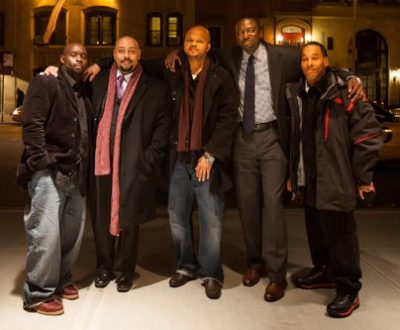
Antron McCray, Raymond Santana, Kevin Richardson, Yusef Salaam, and Korey Wise in New York City. Known as the Central Park Five, they served prison sentences after being wrongly convicted in the Central Park jogger case. Credit Michael Nagle for The New York Times
As Republicans denounced Trump over the weekend, as many of them declared, “That’s it. This is the last straw,” one has to wonder: Why now? Why did it take this ultra-sexist tirade for them to say, “Enough”?
Why not be as outraged at Trump’s painting Mexican migrants as rapists? Why not be outraged over his continued lies and demonization of the innocent and freed Black teenagers known as the Central Park Five? What about his constant vilification of Muslims? How can other Republicans support a presidential candidate who makes fun of the physically challenged?
Indeed, why “circle the wagons” regarding women? Could it be the Republicans’ own misogyny and ideas of patriarchy? Could it be that white women who are married to white men are the line in the sand, while oppressed people are disposable and are to be reminded of “their place”?
How insulting it was to hear male after male, Republican and Democrat alike, talk about how offensive Trump was to “our women.”
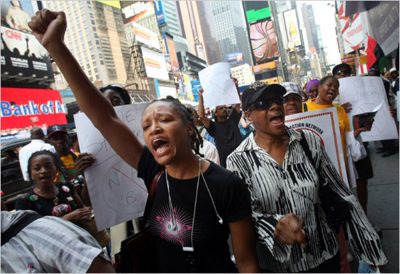
Women are not property.
From story on Hyde Amendment which still denies funding for abortion to many women.
“Our daughters, our wives, our mothers” should not be talked about the way Trump talked about women, they said. But women are not the “ours” of anybody, as the women’s movement must remind them. Women are not property to be reviled. Nor are they property to be cherished either. They are not property at all.
After the debate, news outlets declared that it is almost guaranteed that Hillary Clinton will win the election. Women are polling heavily against Trump after the latest scandal.
One of Trump’s constant defenses was “that was just locker room talk.” Trump must be reminded that from many a campus locker room, many a male has come out to rape and assault women as they walk home from studying.
But it would be wrong to blame all male athletes or assume some of them are the only ones participating in this foul language and behavior. Sexist attacks of all kinds permeate capitalist society. Sexism, woman-hating, misogyny are institutionalized under capitalism. A woman cannot go to Starbucks without fear of hearing the “C” word thrown about against her or around her, and we don’t mean “coffee.”
Women’s oppression is the oldest oppression of all, and it cannot be eradicated without abolishing capitalism.
WHAT TO DO ABOUT THE ELECTION?
The Access Hollywood bus scandal overshadowed other important news over the weekend. On Oct. 10, Counterpunch commented how “providential” (or not) it was for Clinton that Trump’s sex tapes were released by the Washington Post the same day as Wikileaks dumped damning emails about her. Some e-mails disclosed speeches Clinton made to Wall Street where she endorses trade policies that benefit the 1%.
Others spilled a memo revealing the Clintons’ “strategic goal” of elevating Trump as a “poison pill” for the GOP:
“Trump was their preferred candidate and they worked frantically to help launch his campaign and fuel his ascent, knowing he would detonate prematurely like one of those SpaceX rockets.” Be careful what you wish for!

Anabel Park
From the Bernie Sanders’ side came an Oct. 8 Washington Post article by Annabel Park, the Korean-American documentary filmmaker and political activist, headlined “I don’t like Hillary Clinton or the Democratic Party. I’m voting for them anyway.”
Park explains her decision came after witnessing first-hand the violent behavior of white Trump supporters at a Virginia rally where they cursed a crowd of Muslim, Latin, Black, Asian and white people protesting Trump. Attempting to film the incident, Park was attacked by a Trumpite woman.
Park writes, “It finally hit me. … Trump has a playbook for power that includes targeting journalists and activists, branding dissidents as enemies … fostering a culture of violence and bullying against minorities, controlling women through sexual humiliation …and blocking a democratic path … by undermining … voting rights. … These tactics have made a cultural impact. … Violent hate crimes against Muslim Americans are escalating, and teachers are reporting that there’s more bullying in schools.”

Protest against fracking, Dakota pipeline.
Park admits fears about Clinton: “She is a war hawk. She sold fracking to the world … [and] sees no path for single-payer health care. She will probably try to pass the Trans-Pacific Partnership trade agreement, though she’s promised not to.”
But Park concludes that now she sees Trump “as the dangerous intruder with a gun threatening America” and calls for “fellow Bernie supporters” to join her in “fighting off the intruder.”
LESSER EVIL IS NO EVIL
Honestly, Annabel Park is spot-on in her descriptions of both Trump and Clinton. The dangerous by-product of Trump’s candidacy is real. Those right-wing, violent, backward, racist, white supremacist misogynists who attend Trump rallies have indeed been galvanized by his candidacy. They will not easily go back into the woodwork if Trump does not win.
But the danger of Hillary Clinton, while different, is just as real. The Clinton election emboldens those in the Pentagon who already have raised the fearsome possibility of a war with Russia. It guarantees more forced refugees. She has proven to the Pentagon that she can carry out a coup in Honduras and Haiti and come out smelling like a rose. She has proven to Wall Street she can steal an election and still get her opponent [Sanders] to support her candidacy.
Either a Trump or a Clinton administration will mean continued war at home and abroad because that is the nature of the capitalist system, a system both are beholden to. There is clearly only one choice for the workers and the oppressed. Build a revolutionary movement to show the Trumpites, the Clintonites, Wall Street and the Pentagon who is the real power in society: the workers.
On Jan. 20, whoever wins the White House must be met by a powerful counter-inaugural protest. Masses of people should descend on Washington to demand an end to police terror, no war on Russia or Syria or anywhere, no to the Dakota Pipeline, yes to a raise in the minimum wage and a union, and much more.
After this past weekend, women, who are already spearheading today’s struggles against the police, will surely be in the forefront of saying “No” to both partiesof the capitalist class.
Gutierrez is the campaign manager for the Moorehead/Lilly campaign
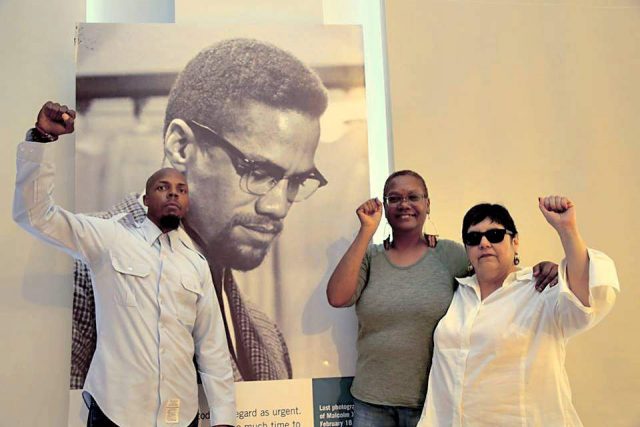
Workers World Party candidates (l to r) Lamont Lilly (Vice-President), Monica Moorehead (President), Teresa Gutierrez.


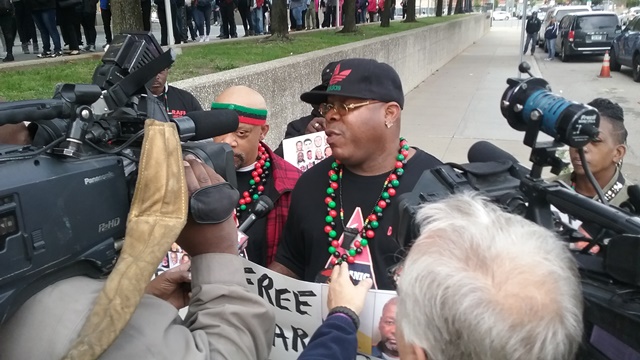
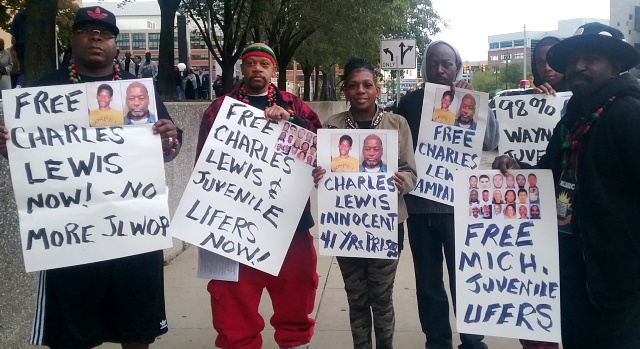

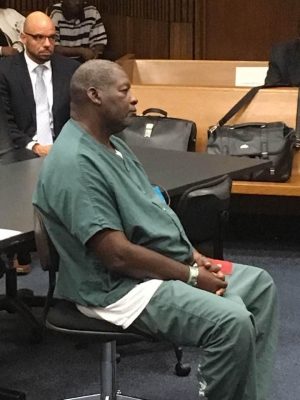
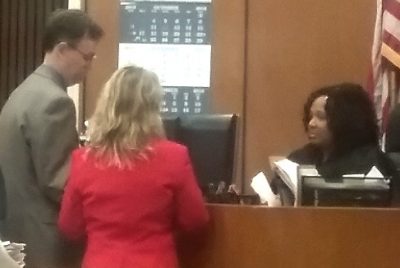

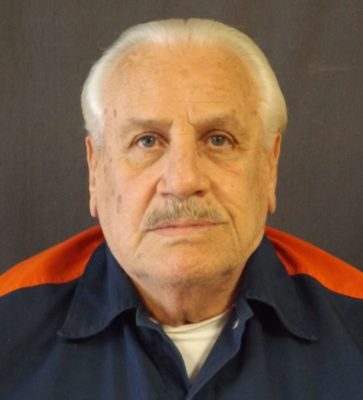
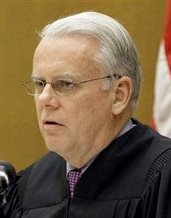
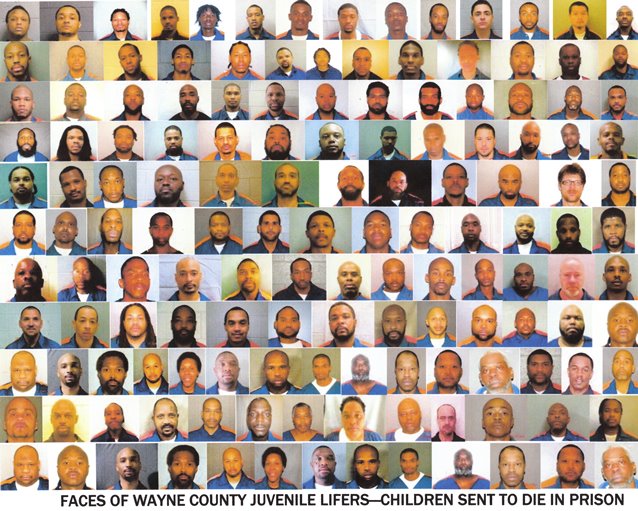
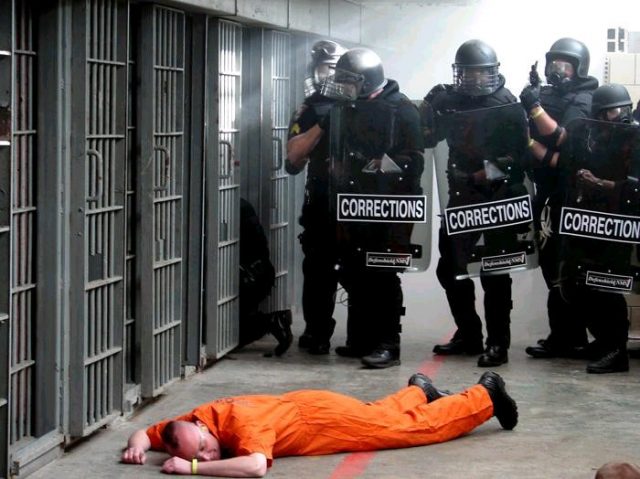

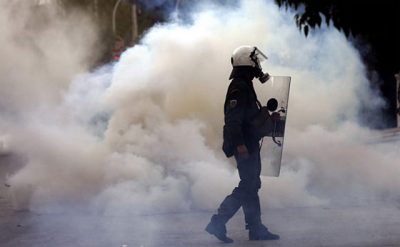

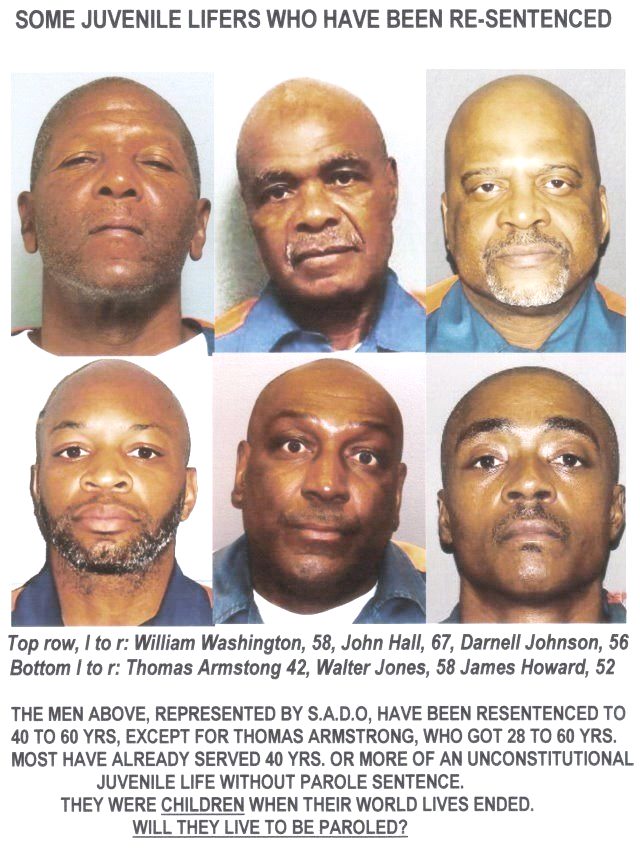

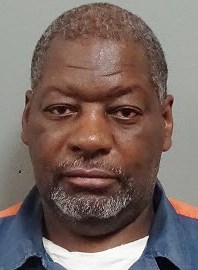
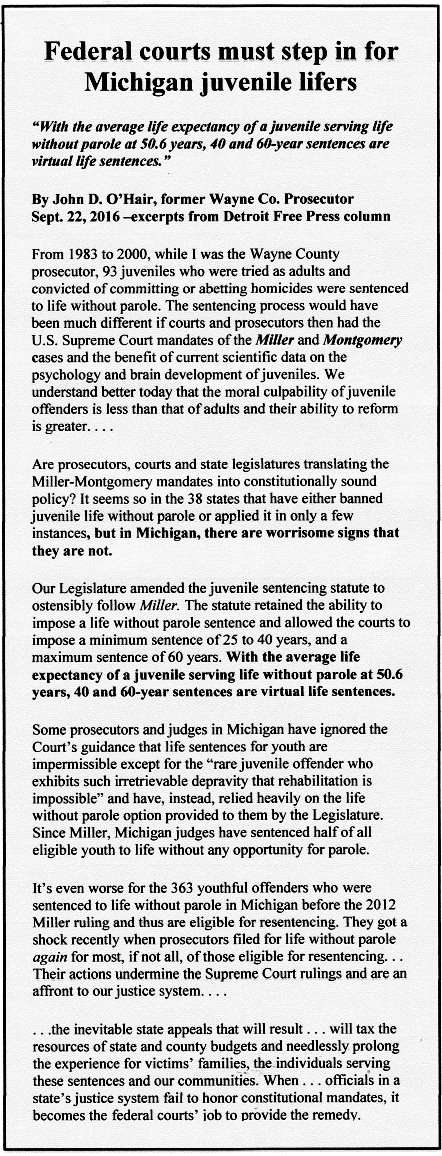 Lewis filed a motion with Wayne County Circuit Court Judge Qiana Lillard to dismiss his case, due to multiple constitutional violations including the complete loss of any record of his conviction. He wants it to be heard at his Oct. 11 hearing, scheduled for 9 a.m. in courtroom #502 of the Frank Murphy Hall of Justice.
Lewis filed a motion with Wayne County Circuit Court Judge Qiana Lillard to dismiss his case, due to multiple constitutional violations including the complete loss of any record of his conviction. He wants it to be heard at his Oct. 11 hearing, scheduled for 9 a.m. in courtroom #502 of the Frank Murphy Hall of Justice.

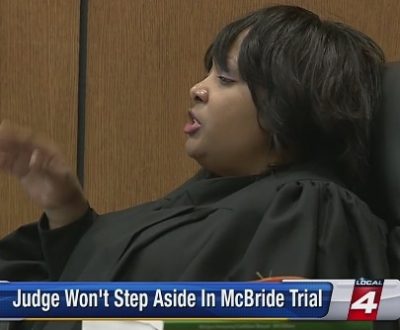
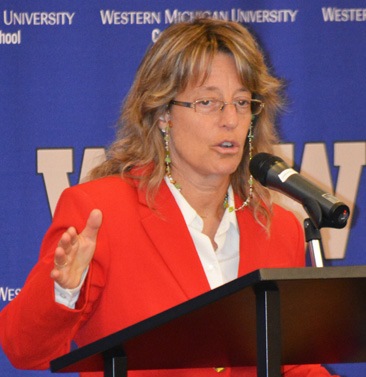
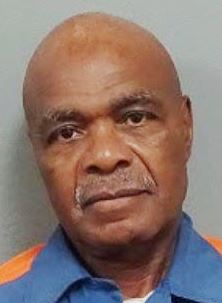

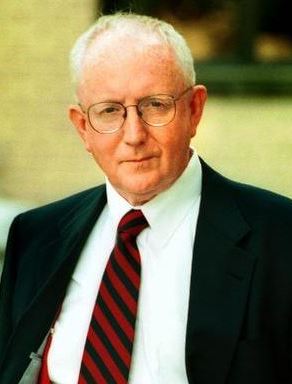

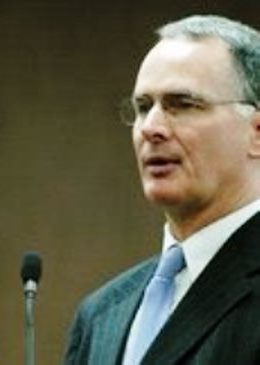
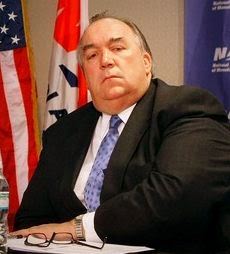
 In Alexander’s case,
In Alexander’s case, The Michigan Citizens Alliance on Prisons and Public Spending reported in 2013, “The proportion of paroles granted declined from 68% in 1990 to 48% in 2002. In 2010, it was 56%. At the end of 2010, a total of 9,322 prisoners were past their earliest release date. Nearly 1,200 people were required to “max out.”
The Michigan Citizens Alliance on Prisons and Public Spending reported in 2013, “The proportion of paroles granted declined from 68% in 1990 to 48% in 2002. In 2010, it was 56%. At the end of 2010, a total of 9,322 prisoners were past their earliest release date. Nearly 1,200 people were required to “max out.”

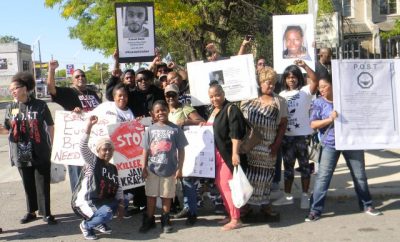

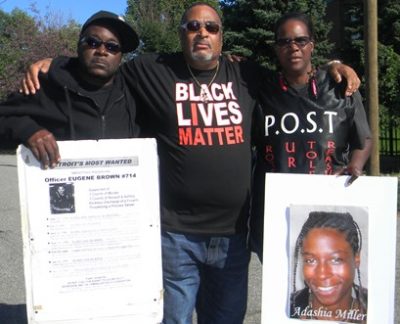






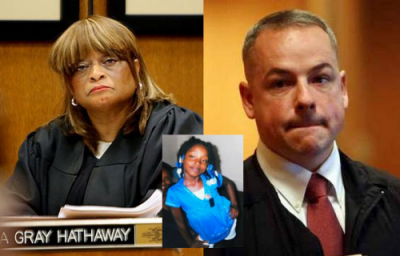
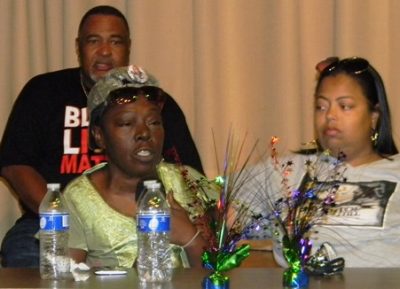
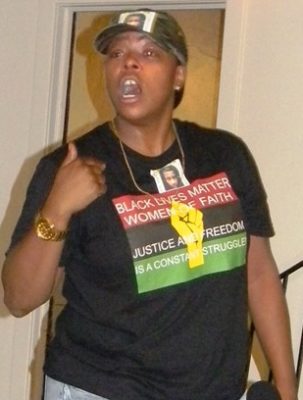
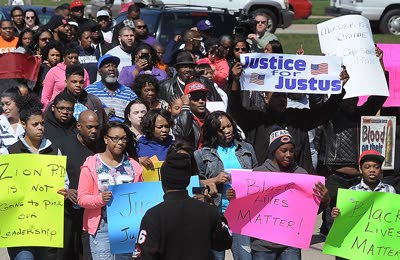
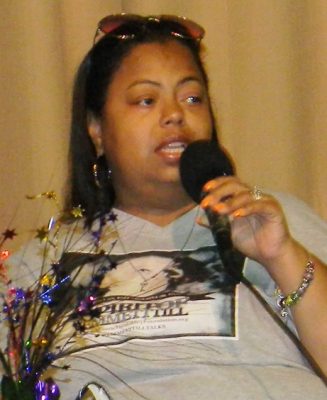
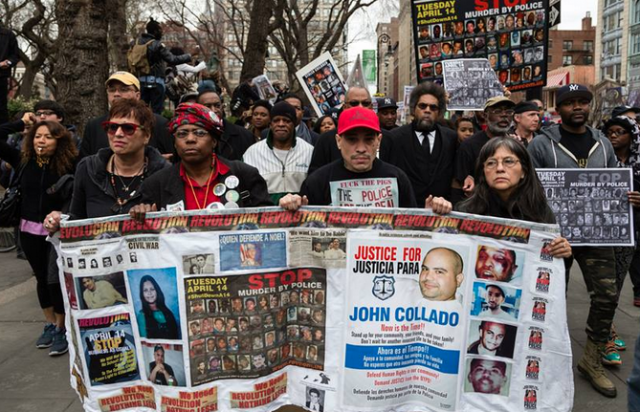

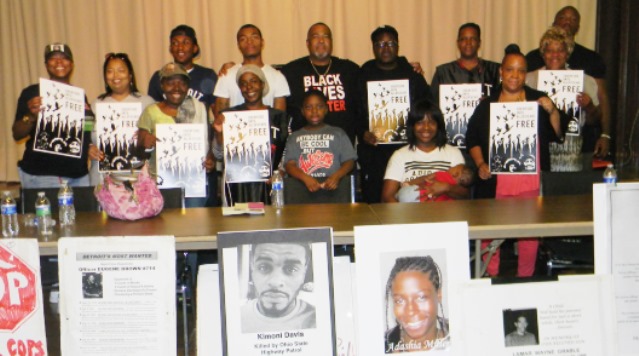
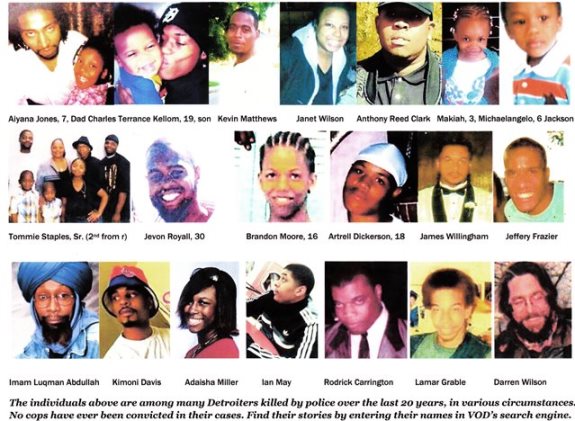

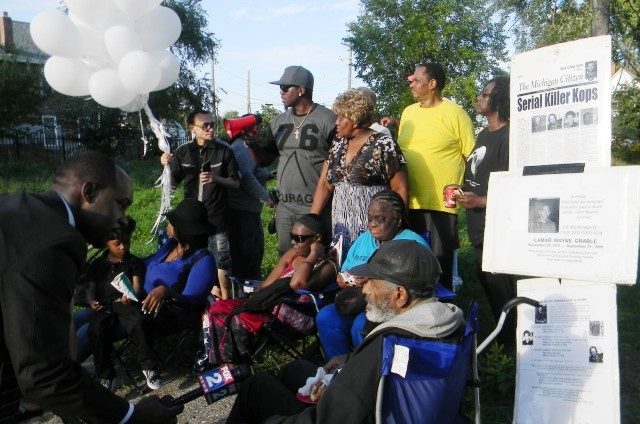






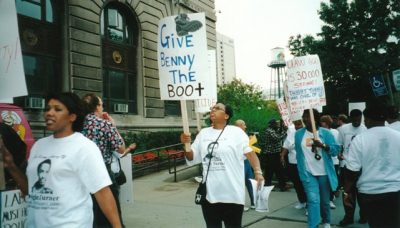
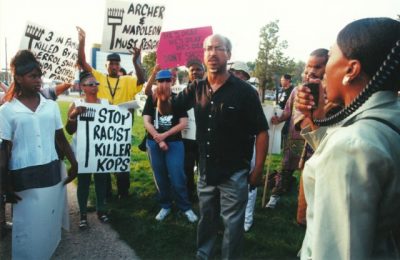
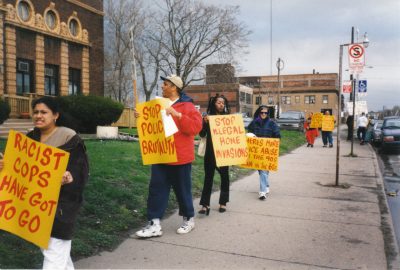


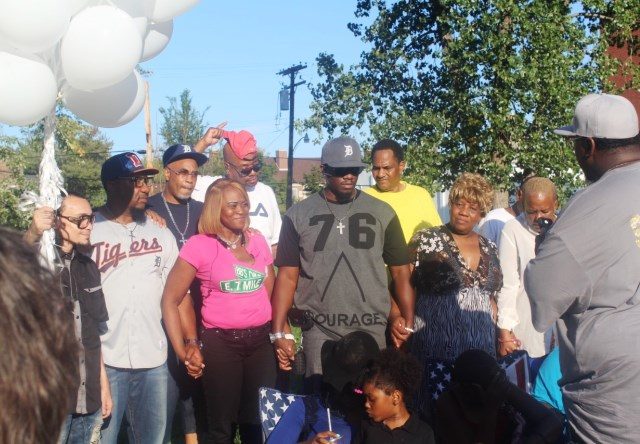

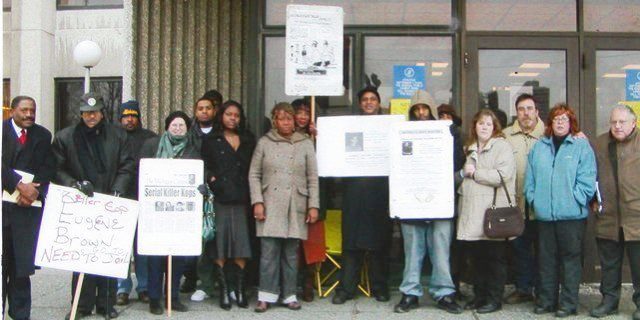
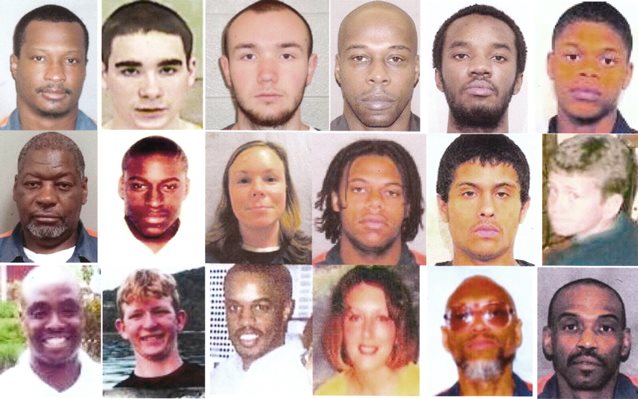
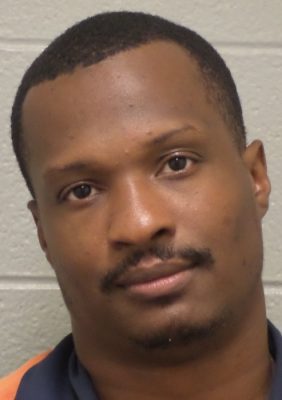


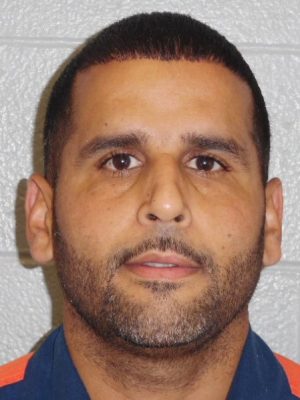




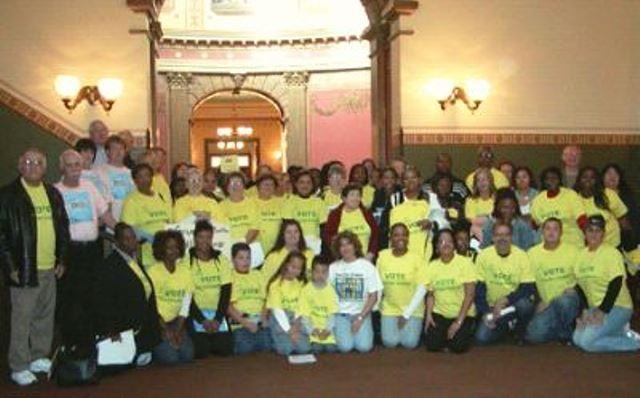


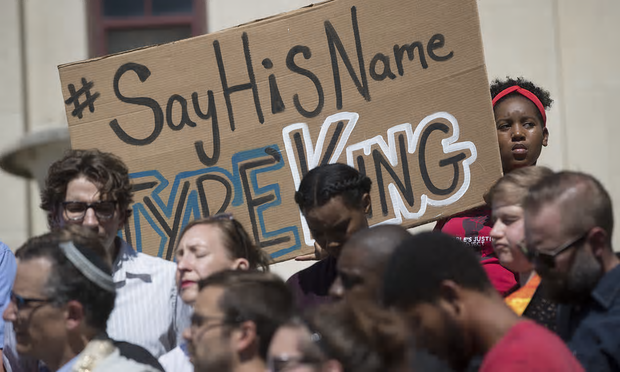
 Tyre a “small-framed adolescent boy, standing 5’0” and weighing less than 100 lbs.,” who suffered gunshot wounds to his left temple, one to his left collarbone and one to his left flank.
Tyre a “small-framed adolescent boy, standing 5’0” and weighing less than 100 lbs.,” who suffered gunshot wounds to his left temple, one to his left collarbone and one to his left flank. By:
By: 
